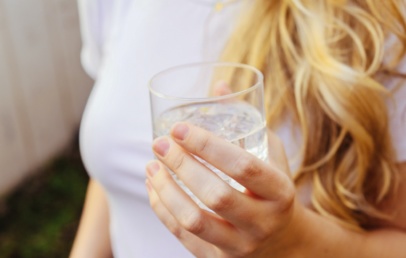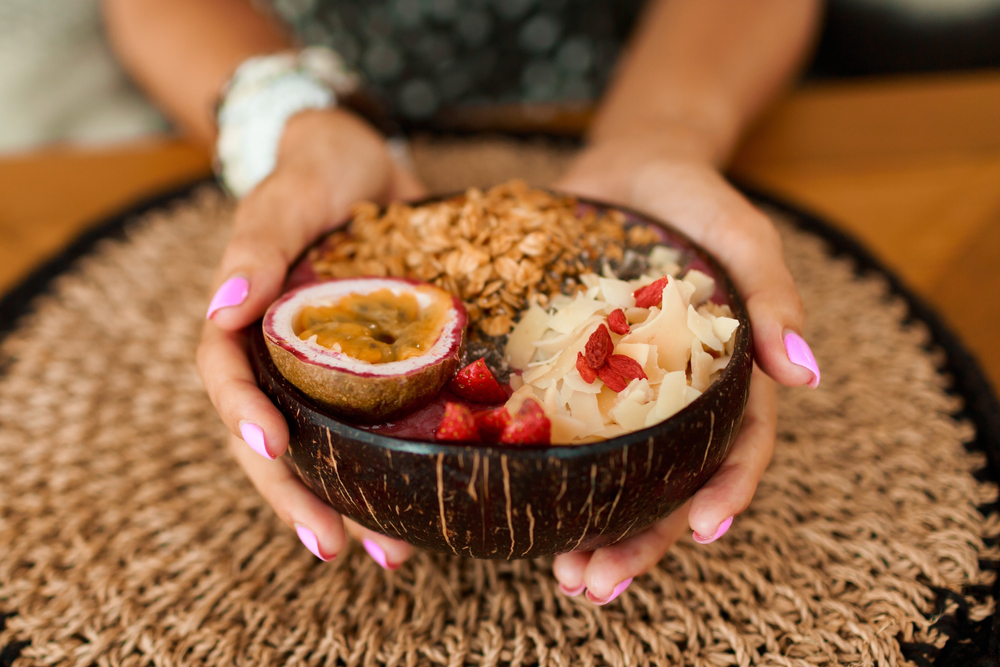
Everyone wants to eat better, but food labels can be very deceptive. Even though something seems like a good idea, it’s not always that nutrient-dense when you look at the ingredients. Nutritionists advise avoiding many so-called “healthy” foods because they are high in sugar, refined carbohydrates, or artificial ingredients.
Let’s examine 15 foods that are frequently promoted as healthful but may actually be doing more harm than good, as determined by nutrition experts.
1. Granola

Granola, which consists of oats, nuts, and possibly some dried fruit, seems like the ideal health food. However, to give it that crunchy, clumpy texture, the majority of store-bought granola is covered in added sugars and oils. A candy bar’s amount of sugar can be found in just half a cup. Although it provides some fiber and good fats, too much of it is easily consumed. If you enjoy granola, choose a homemade, unsweetened version with few ingredients.
2. Flavored Yogurt
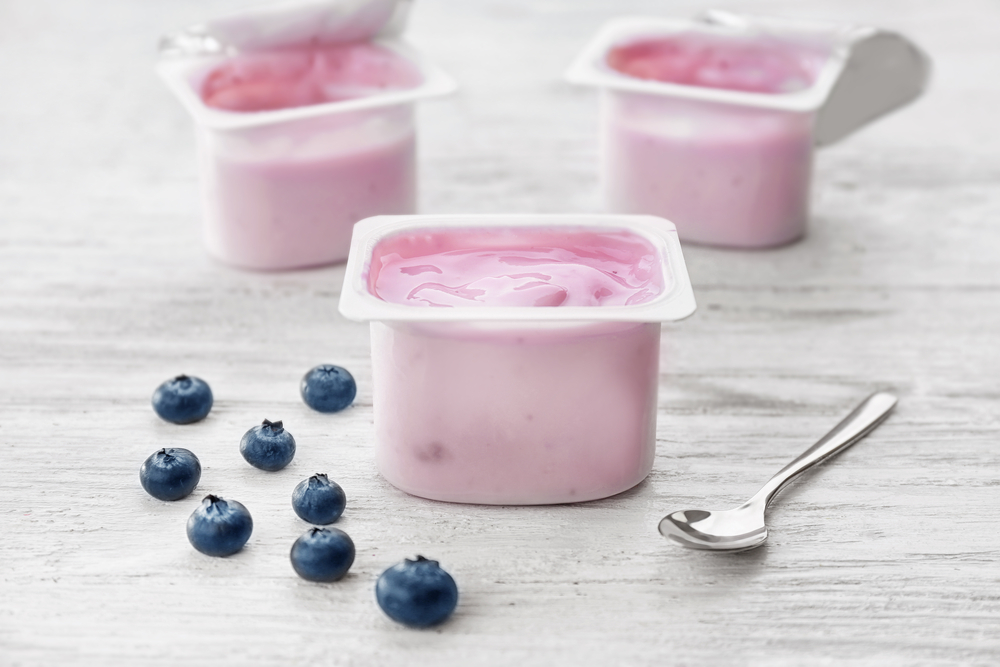
Although fruit-flavored yogurt might seem like a quick and healthful snack, the majority of them have a significant amount of added sugar, sometimes even more than dessert. Even “low-fat” varieties frequently use sugar to enhance flavor. Purchasing plain Greek yogurt, which is low in sugar and high in protein, is a better option. If you need a little sweetness, you can add your own fresh fruit or a little honey.
3. Veggie Chips
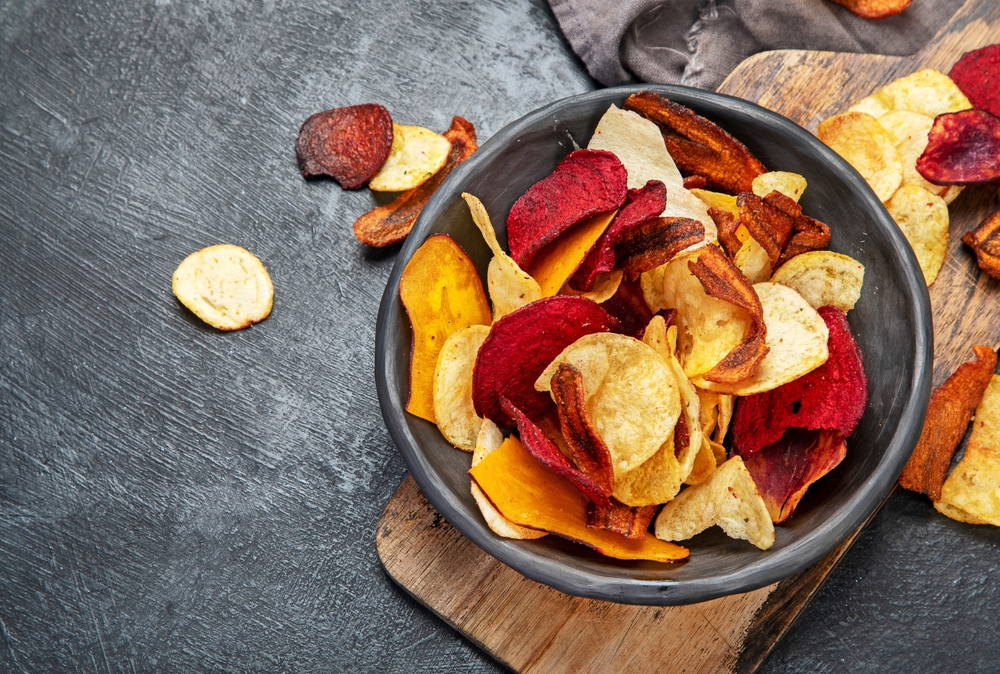
Despite their name, vegetable chips are typically just as processed and greasy as traditional chips. Even though they might contain spinach, sweet potatoes, or beets, they are still baked or fried with a lot of salt and oil. Additionally, by the time they are packaged, the nutrient content is frequently very low. Air-popped popcorn or sliced raw vegetables are far healthier options if you’re craving something crunchy.
4. Protein Bars
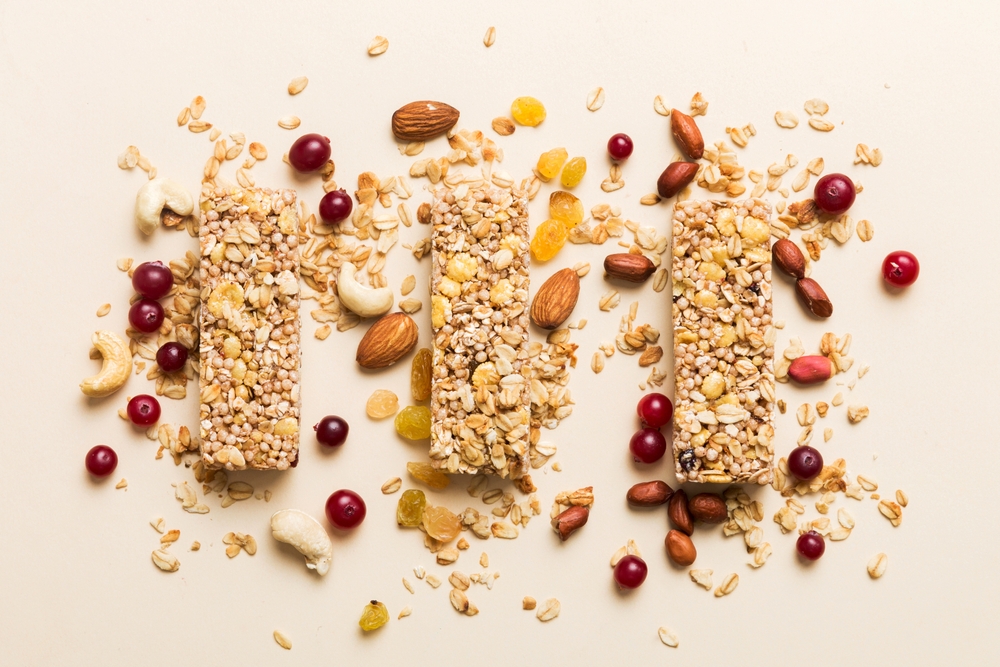
Although protein bars are convenient, many of them are actually disguised candy bars. They frequently include artificial flavors, sugar alcohols, added sugars, and unpronounceable ingredients. Unless you’re really in a pinch, most nutritionists advise sticking to real food sources of protein like hard-boiled eggs, nuts, or a small serving of cottage cheese, though some are better than others.
5. Smoothie Bowls

Smoothie bowls may be Instagram-worthy, but they can be high in calories and sugar. What begins as a nutritious concept rapidly devolves into a sugar overload due to the fruit base, juice or sweetened milk, granola, and syrupy toppings. Instead, make your own at home with a scoop of protein to keep it balanced, one serving of fruit, and mostly vegetables (like spinach or zucchini).
6. Rice Cakes

Although rice cakes are frequently viewed as a “diet” snack, they are actually just processed carbohydrates with minimal nutritional content. They won’t satisfy your hunger for very long because they don’t contain a lot of fiber, protein, or healthy fat. A slice of rice cake or whole-grain bread can be improved as a snack by adding nut butter, avocado, or hummus on top.
7. “Multigrain” Bread

Although the word “multigrain” sounds healthy, it simply indicates that the bread has multiple grain types, not all of which are whole grains. Actually, refined white flour continues to be the main ingredient in a large number of multigrain breads. To get the true benefits, always read the label and look for “100% whole grain” or “whole wheat” as the first ingredient.
8. Diet Soda
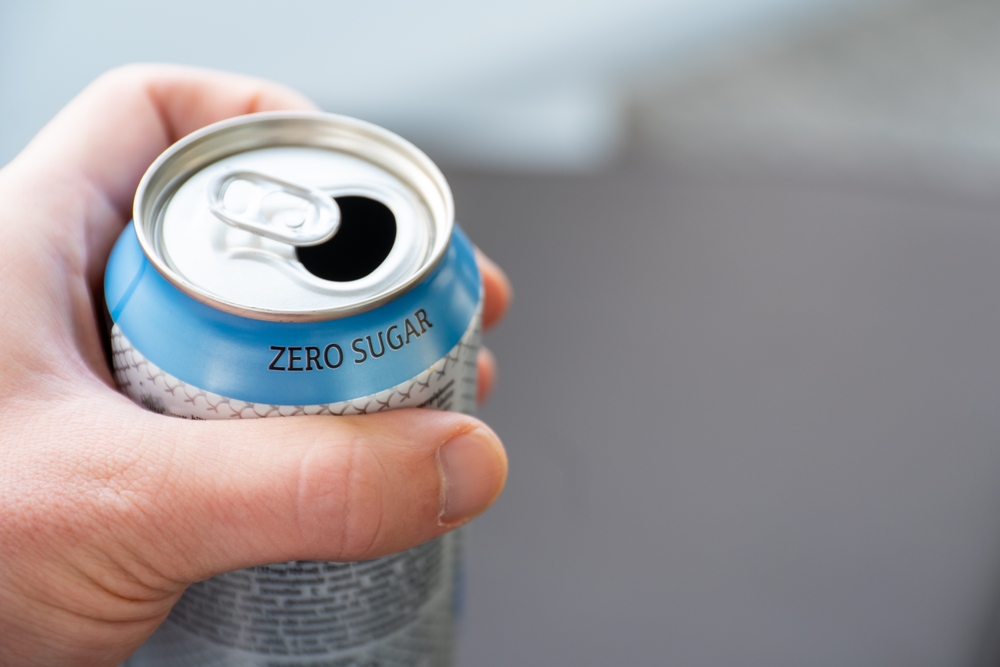
Despite having no calories, diet soda is by no means a healthy beverage. Artificial sweeteners, such as sucralose or aspartame, can alter your gut flora and possibly make you crave more sugar. If you want something tasty without the sugar, most nutritionists advise avoiding diet soda and instead choosing fruit-infused sparkling water or herbal teas, though more research is needed.
9. Gluten-Free Snacks
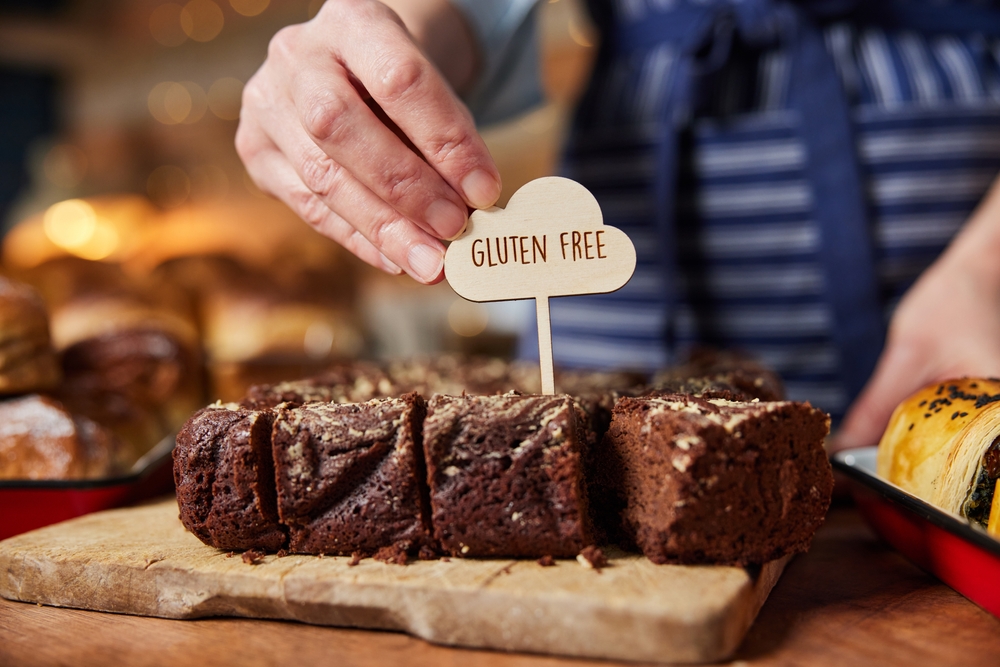
Something is not always healthy just because it is gluten-free. In order to make up for the lack of gluten, many processed foods labeled as gluten-free include additional sugar, fat, or starchy fillers. You should concentrate on eating whole, naturally gluten-free foods like quinoa, brown rice, or legumes unless you have celiac disease or gluten sensitivity.
10. Acai Bowls

The bowls you find at smoothie shops are frequently mixed with sugary juices, frozen fruit mixtures, and sweet toppings like granola or honey, despite the fact that acai berries are packed with antioxidants. The final outcome? A meal that can compete with ice cream in terms of calories and sugar content. Making your own at home with unsweetened frozen acai and packing it full of protein and vegetables is a better strategy.
11. Store-Bought Salad Dressings
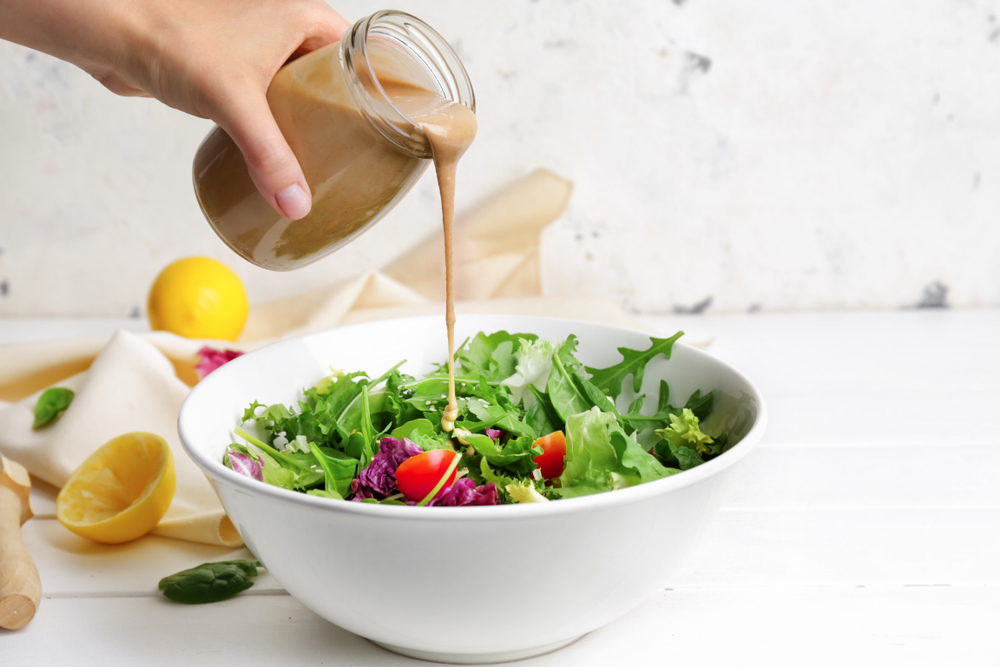
When you add bottled dressing, even the healthiest-looking salad can become a sugar and sodium trap. A lot of store-bought options include inflammatory oils like canola or soybean, preservatives, and added sugars. It’s quick, simple, and much healthier to make your own dressing with olive oil, lemon juice, and herbs.
12. Instant Oatmeal Packets

Instant oatmeal may seem like a warm, cozy option, but the flavored packets are typically low in fiber and high in sugar. Additionally, they frequently contain highly processed oats, which causes blood sugar to rise more quickly. Make your own steel-cut or rolled oats instead, and add a spoonful of nut butter, cinnamon, or fruit to taste.
13. Trail Mix

Although trail mix seems like the ideal on-the-go snack, it frequently contains chocolate candies, yogurt-coated nuts, or sugary dried fruit, all of which can dramatically increase the calorie and sugar content. Make your own version with raw or roasted (unsalted) nuts and a handful of unsweetened dried fruit to make it healthier.
14. Frozen Yogurt

While frozen yogurt may seem like a healthier alternative to ice cream for dessert, it is typically just as sugary and frequently devoid of the live probiotic cultures that are present in regular yogurt. Additionally, it’s simple to overdo the toppings. Try freezing plain Greek yogurt at home with your own nutritious toppings, such as dark chocolate or berries, if you’re craving a frozen treat.
15. Fruit Juices
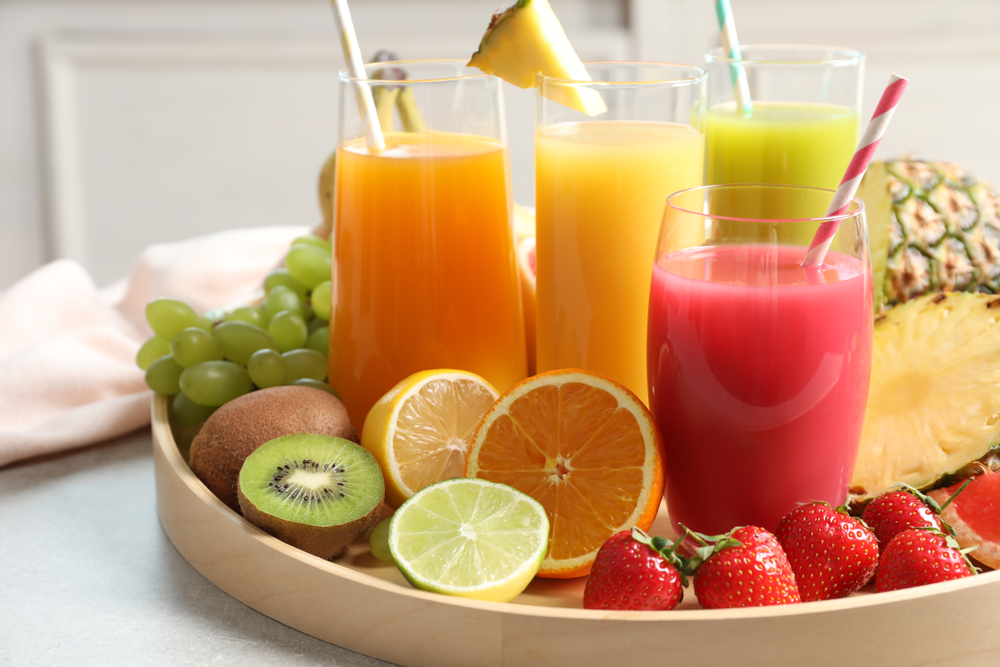
The fiber present in whole fruit is absent from even “100% fruit” juices, which can cause blood sugar spikes very quickly. Three to four oranges’ worth of sugar can be found in one glass of orange juice, but the fiber that slows absorption is absent. Nutritionists concur that eating fruit whole and avoiding sugary juices in favor of water or herbal teas are better options.
Trust the ingredients list over the label when it comes to nutrition. In reality, a lot of foods that are promoted as healthy are highly processed or contain a lot of sugar. You can feed your body in a way that genuinely supports your long-term objectives, energy, and health by concentrating on whole, minimally processed foods and paying close attention to labels.



